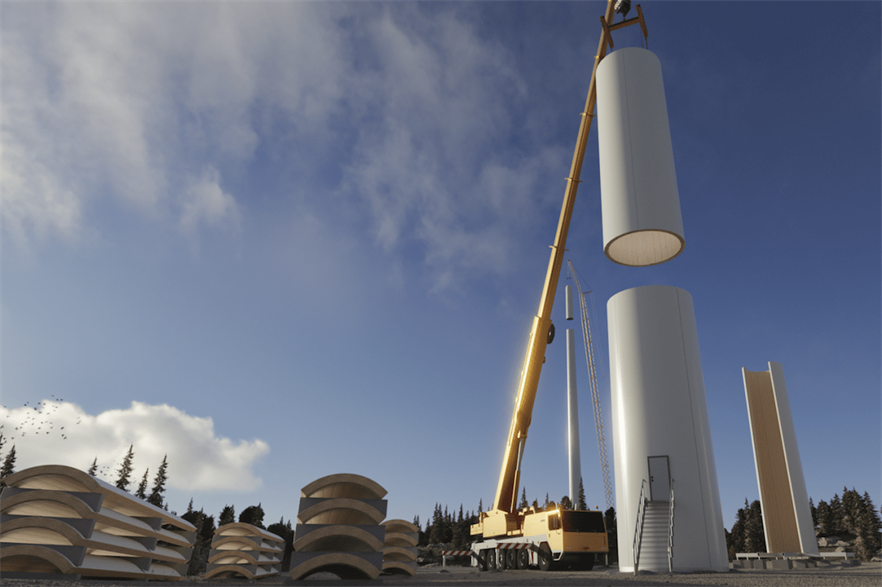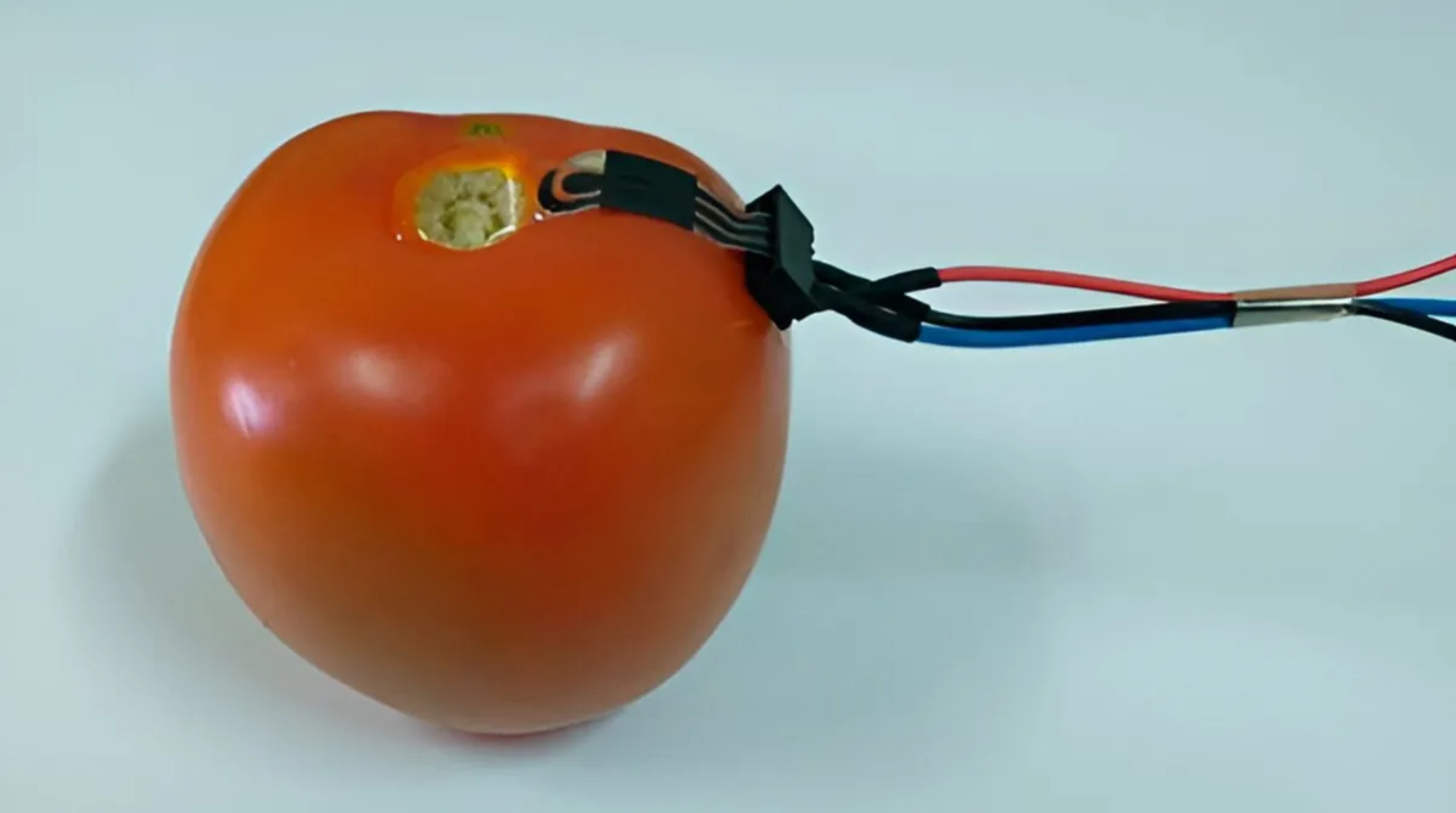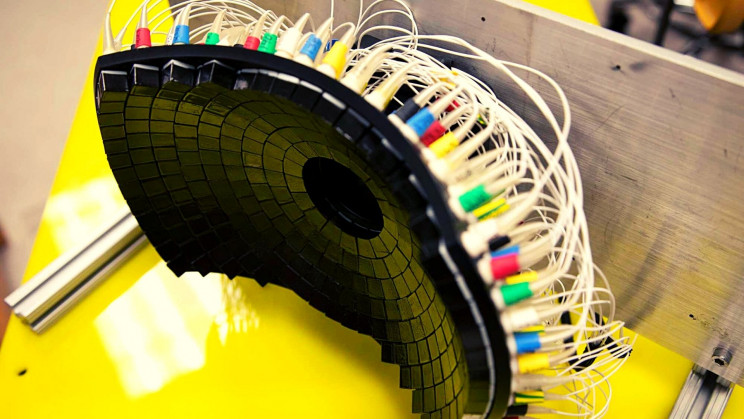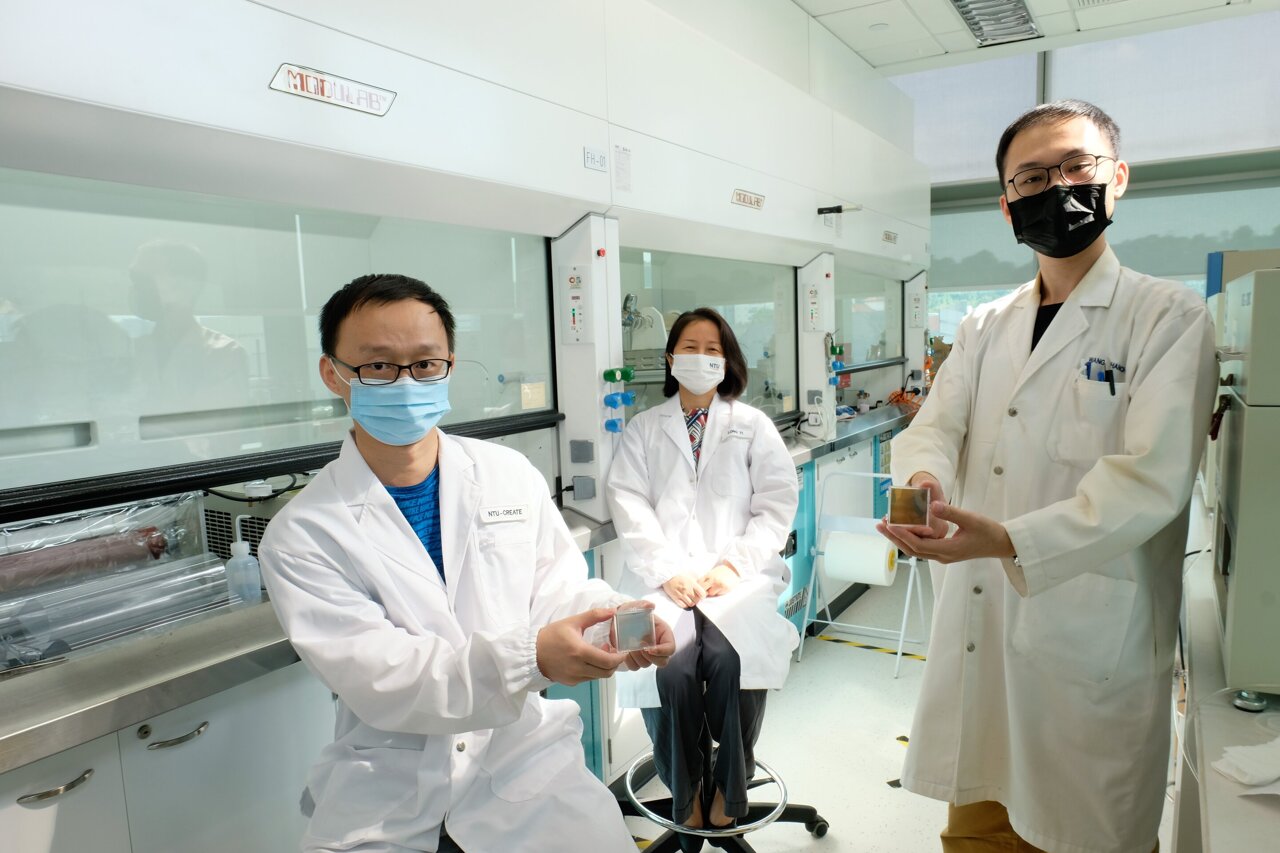As Cyber-Physical Systems (CPS) continue to gain prominence in various industries worldwide, the need to prioritize cybersecurity within these interconnected systems becomes increasingly crucial. CPS integrates physical infrastructure with information technology, creating a networked environment that enhances monitoring and control.
Several organizations specializing in securing networked Operational Technology, like otorio.com, have various options to protect organizations. One of these methods is implementing OT cyber security tools aimed at Operation Technologies, like endpoint protection solutions.
Real-world examples of Cyber-Physical Systems (CPS) in Operational Technology (OT) environments in different industries include:
Manufacturing
CPS in manufacturing integrates IT systems with industrial machinery and control systems to optimize production processes. This involves using Industrial Internet of Things devices and sensors that collect real-time data on machine performance, energy usage, and product quality.
Energy and Resources
CPS tracks and regulates critical infrastructure in the utility and services sector, such as power stations, electrical grids, and water delivery systems. Sensors, networked communications, and sophisticated automation algorithms are used in these systems to ensure reliable power generation, distribution, and usage.
Healthcare
CPS is used in the healthcare industry through a combination of IT, medical devices, monitors for patients, and medical equipment. CPS improves patient care, diagnostic accuracy, and health care administration efficacy.
The Importance of Protecting OT Environments from Cyber Threat Actors.
OT systems are extensively used in critical infrastructure sectors such as energy, transportation, water, and manufacturing across the globe. OT environments, therefore, face distinct cybersecurity challenges compared to traditional IT systems. The problem is this: many OT systems were designed and implemented before cybersecurity became a significant concern, often needing more security controls.
A successful cyber-attack on OT systems can result in severe consequences, including disruptions to essential services, safety hazards, significant economic losses, and, most importantly, a potential loss of life. Protecting OT environments through cyber security is essential to ensure critical infrastructure’s reliable and safe operation.
Furthermore, many industries operating OT systems are subject to stringent regulatory requirements and standards. Compliance with these regulations, such as NERC CIP in the energy sector, necessitates robust cybersecurity measures. Protecting OT environments ensures compliance with industry-specific regulations, avoiding penalties, reputational damage, and potential legal implications.
Best Practices for Applying Cybersecurity to Cyber-Physical Systems
In preparation for implementing any Cybersecurity model, a comprehensive risk assessment must be done to identify potential vulnerabilities, threats, and impact levels specific to the CPS environment. This assessment should consider the diverse cyber and physical aspects, including system architecture, communication networks, and potential attack vectors.
Implement a Defense Strategy
Employ a layered security approach, known as defense-in-depth, to protect CPS. This involves implementing multiple security controls at various levels, such as network, system, and device. Utilize firewalls, intrusion detection systems, encryption, and regular security updates to establish a robust defense against cyber threats. Stringent access controls and privilege management mechanisms are required to limit unauthorized access to critical components.
Communications Network Must be Secured.
Implement secure network communications within CPS to protect data transmission between components. Use robust encryption protocols, such as Transport Layer Security or VPNs, to ensure the confidentiality and integrity of data.
Keep Security Relevant Through Updates
All CPS components must be kept up-to-date with the most recent security fixes and software upgrades. Applying updates provided by suppliers or vendors regularly allows organizations to mitigate identified flaws and bolsters the system’s security position.
Monitor for Threat Activity
Anomaly or possible safety risks can be dealt with by using continuous monitoring agents. Track and examine system logs and messages for potential threats using systems that detect and prevent intrusions, log inspection tools, and SIEM solutions. Organizations should also test their attack surface for vulnerabilities regularly.
Develop Response and Recovery Plans
These plans should outline the steps during a security incident, including containment, investigation, system restoration, and communication protocols. Regularly test and update these plans to align with evolving threats and technologies.
Conclusion
The importance of Cybersecurity for Cyber-Physical Systems cannot be overstated. Organizations need to recognize their critical role in protecting these systems, ensuring their functionality, and preserving the safety of infrastructure and individuals. Collaborating with a cybersecurity solutions provider offers expertise, comprehensive security solutions, and a proactive stance against emerging threats.







